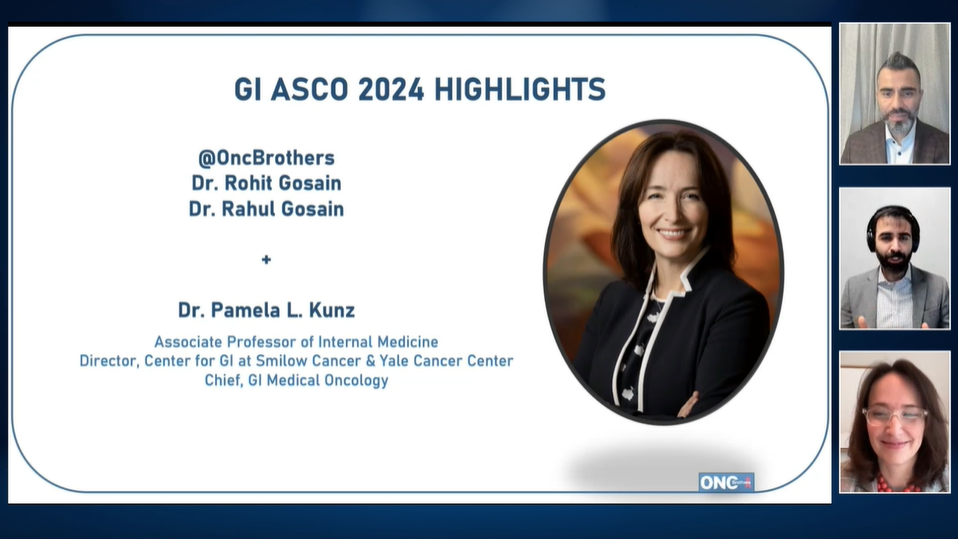Dosing and Side Effect Management with Trifluridine/Tipiracil
Michael Morse, MD:The standard dosing of trifluridine/tipiracil is 35 mg/m² by mouth within an hour after meals twice a day. It’s given for 5 days in a row with a 2-day break and another 5 days in a row. I find it easiest to describe to patients they should take it Monday through Friday of 1 week, take the weekend off, and take it Monday through Friday of the week afterwards. Then, they have a full 2-week break after that. I think it’s very important for people to, first of all, know when to take it, and to not take it continuously. They absolutely need that 2-day break as that’s how it was studied. And it’s also important to emphasize that they take a full dose. We know from the studies that have been done that very few patients need to discontinue the therapy completely. And while there are some patients that need to delay the next cycle, they often can take the full dose starting that next cycle, even after a week delay.
To achieve that 35 mg/m², there are actually two pill sizes. You’re trying to get within the closest 5 mg with those two pill sizes.
After I’ve had a chance to describe the drug, how it should be administered, the potential side effects, and have left the room; we always have one of our nurses or pharmacists go back and speak with the patient about the dosing in more detail. They reiterate that it should be taken twice a day within an hour after a meal. We emphasize there should be a 2-day break in between the five treatment courses. We make sure that people know how to account for those 2 days. They can use a calendar, but actually there are even some pill boxes that can be obtained where the 2 days in between the 5-day dosing can be sealed, so that people don’t accidently put their pills in those 2 days, and they’ll know they have a break. Also, only enough is prescribed so people have a single cycle. They can’t possibly take more than those two 5-day periods of time.
In addition to emphasizing the patient should have that 2-day break in between the 5-day courses, we also emphasize that if they happen to miss a dose, that they should not make it up.
It’s recommended to check a CBC at day 1 and 15 of each cycle. Sometimes we find that at day 1, the patient is neutropenic and there are several considerations. First of all, a patient should not be dosed if their ANC is less than 1500. Once their counts reach 1500, they can then be dosed again. This usually requires a delay of a week or sometimes more. Now, if a patient has had febrile neutropenia, they will also require a dose reduction of 5 mg/m². If a patient merely had a delay of up to 7 days due to neutropenia, they can be restarted at full dose. And, I would emphasize that it’s important to keep patients on full dose, if possible, even if it requires a delay.
Case Scenario 1:
- This is a 70-year old woman who 3 years ago presented with bloody stool.
- Medical history included type 2 diabetes; no other comorbidities.
- A colonoscopy revealed a 1.5 cm tumor in the sigmoid colon.
- A CT scan revealed multiple hepatic and pulmonary lesions.
- Biopsy of liver lesion and colon mass showed moderately differentiated adenocarcinoma, KRAS, NRAS, BRAF wild-type and MSS.
- Her ECOG performance status at the time was 0.
- FOLFIRI plus cetuximab was initiated.
- She later developed progressive disease.
- She was given FOLFOX plus bevacizumab.
- Her ECOG performance status is now 1.








